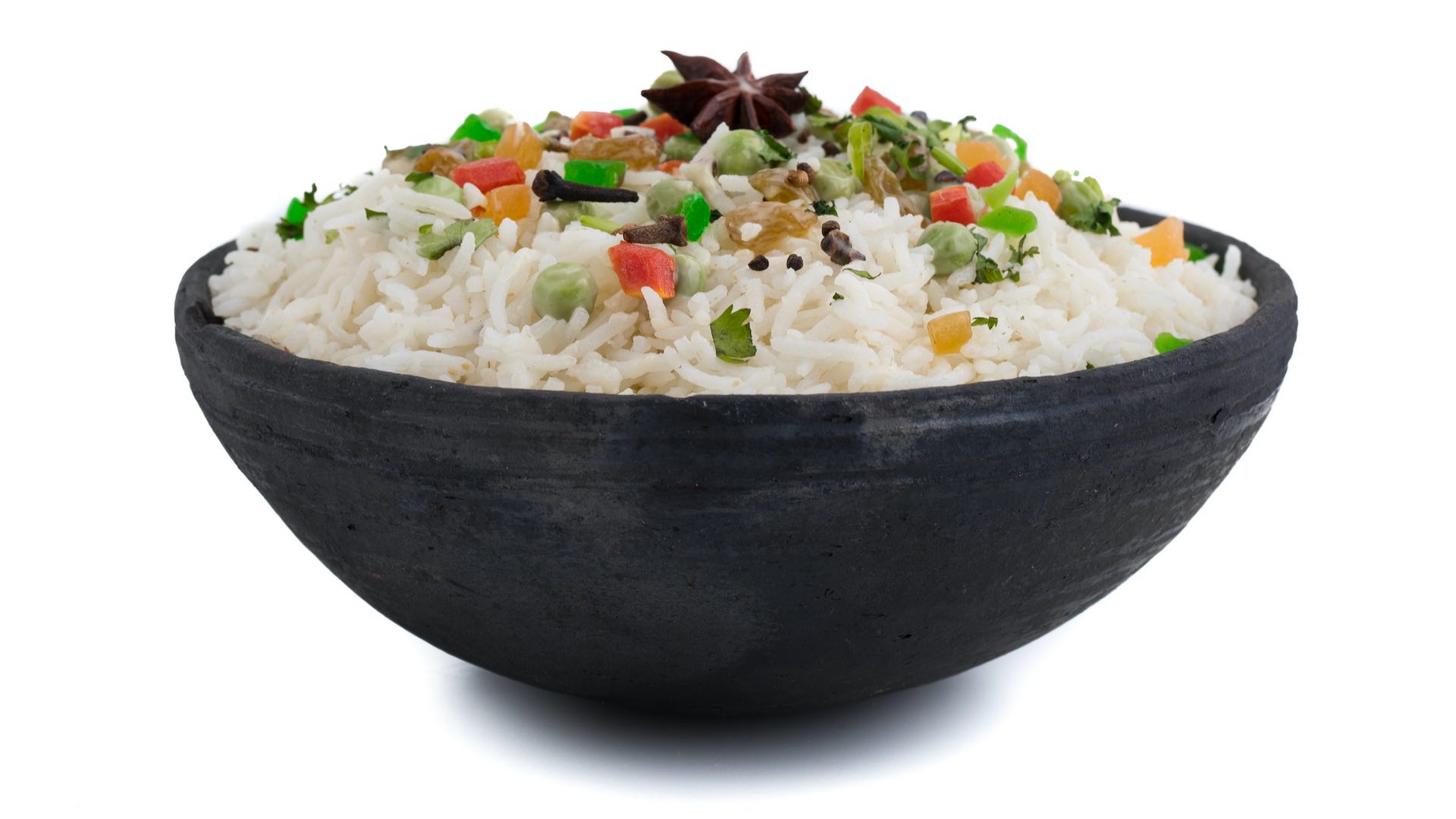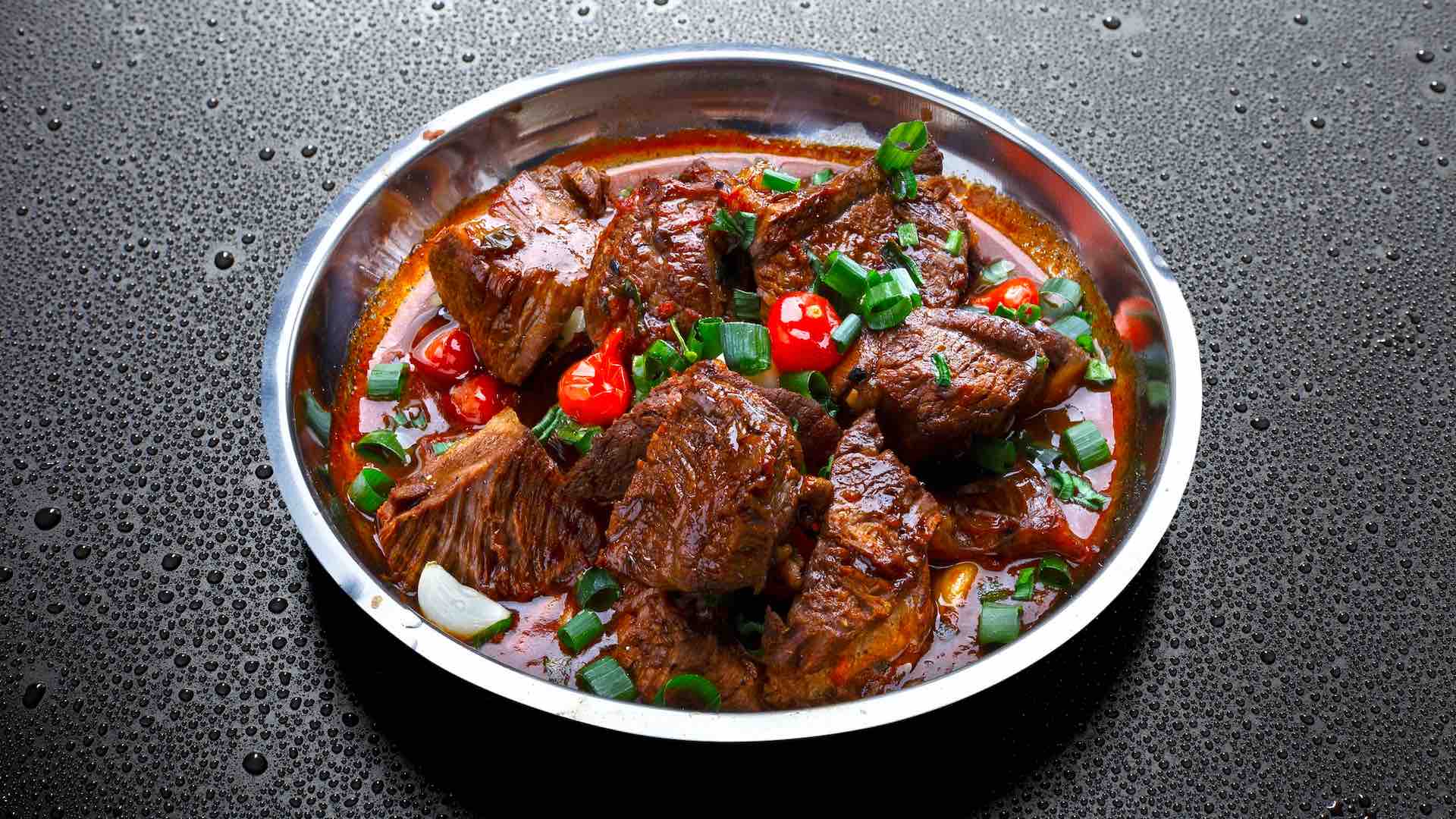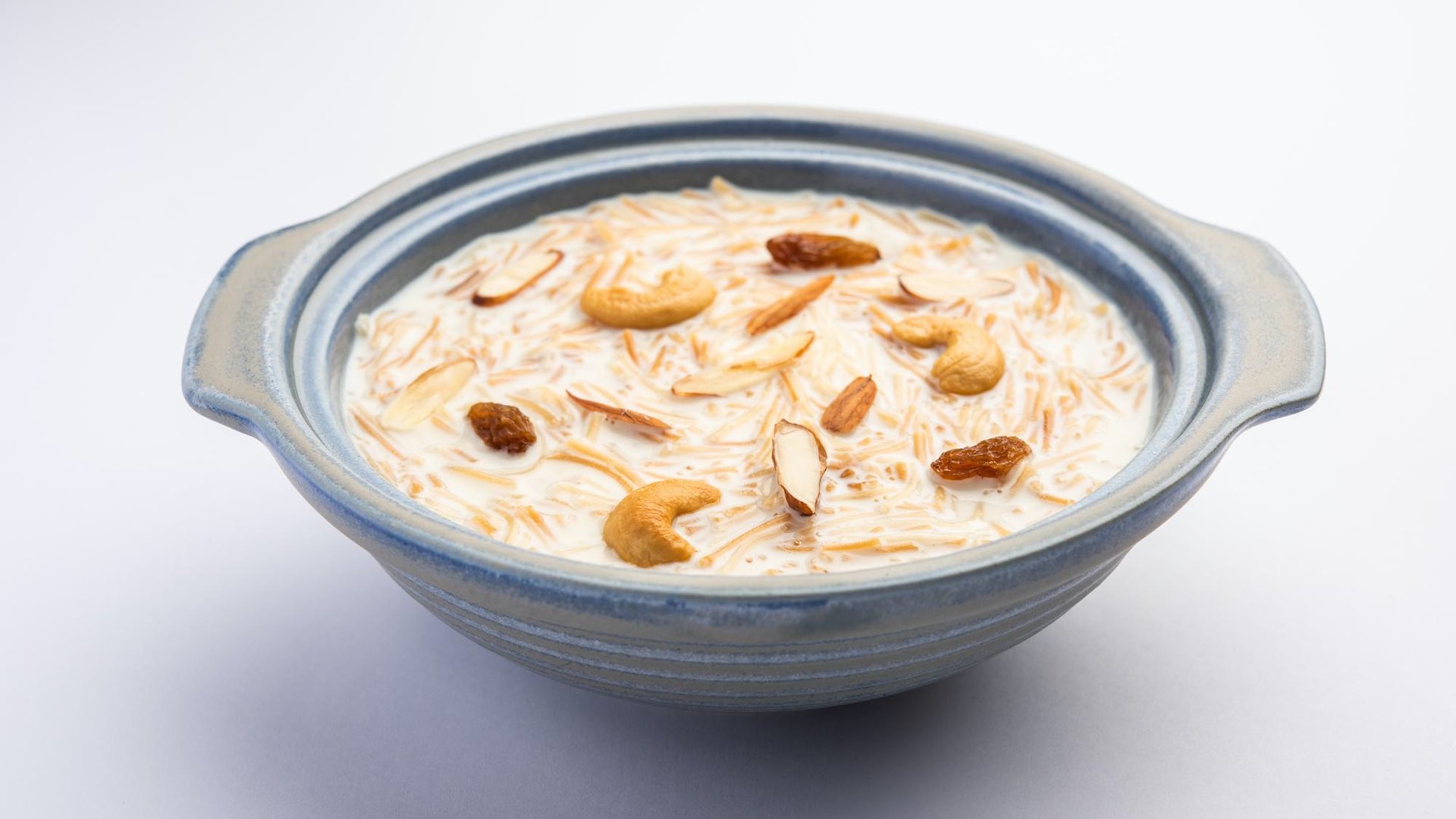In the vibrant heart of Indian culinary traditions, where the real essence of cooking is intricately interwoven with the subtle variations of flavors, the renowned Chef Ravindra Singh Ranawat unveils his most recent culinary delight – ‘Chulhe ka Shikhar‘. This dish serves as a harmonious fusion of age-old traditions and exotic ingredients, standing proudly as a testament to the multifaceted medley of India’s culinary arts.

The Resonance behind the Name
Delving deeper into the linguistic beauty of Indian culture, ‘Chulhe ka Shikhar‘ translates to ‘The Pinnacle of the Hearth’. This name isn’t merely poetic; it truly captures the essence of what Chef Ranawat has managed to achieve. His dish resonates with the centuries-old custom of using wooden fires, or chulhas, for cooking, a method renowned for the distinct smoky aroma it imparts, especially to meats.
The Lamb’s Exquisite Heart
Central to ‘Chulhe ka Shikhar‘ is the meticulously chosen tender lamb meat. This particular meat was handpicked for its unparalleled capacity to soak up flavors and its irresistible melt-in-the-mouth consistency. Cooking lamb over a wooden fire is a delicate, time-consuming art. The slow cooking ensures the meat imbibes the wood’s deep smokiness, retaining its juiciness and rich flavors. This method perfects the meat to the point where it’s tender enough to fall off the bone effortlessly, yet cohesive enough to offer a pleasurable chew.
A Dash of Exotic Elegance
Elevating ‘Chulhe ka Shikhar‘ from a simple traditional dish to a culinary spectacle are the unique ingredients – patther ke phool and nag kesar. Patther ke phool, also known as stone flowers, is a rare lichen often utilized in Indian cooking. This ingredient, resembling tiny, desiccated flowers, imparts an earthly scent, harmonizing beautifully with the lamb’s smokiness.
Conversely, nag kesar, a spice sourced from the stamens of the Mesua ferrea tree, infuses the dish with a delicate floral note. An ingredient often overlooked in contemporary cooking, nag kesar is celebrated for its subtle fragrance which, when merged with lamb, crafts a taste that remains etched in memory.
A Memorable Culinary Affair
‘Chulhe ka Shikhar‘ transcends the boundaries of being a mere dish; it’s an immersive experience. It encapsulates the evolution of Indian culinary arts, transitioning from the ancient, rustic chulhas to today’s sophisticated modern kitchens. Through his innovative touch, Chef Ranawat revitalizes traditional cooking techniques, making them resonate with the tastes of contemporary epicureans.
Each morsel of ‘Chulhe ka Shikhar‘ is a voyage through gastronomy. It reminisces about bygone eras, honors the genuine nature of the present, and foreshadows the promising future of Indian culinary arts. Within the expansive domain of gastronomy, Chef Ravindra Singh Ranawat’s ‘Chulhe ka Shikhar‘ towers majestically, symbolizing the endless wonders of Indian cooking. It beckons every food enthusiast to delve deep into the opulence of India’s culinary legacy.
However, a feast in India transcends the primary dish. It encompasses the delicate dance of various meals coming together, crafting a melodious blend of flavors that tantalize the palate. As Chef Ravindra Singh Ranawat’s ‘Chulhe ka Shikhar’ showcases its finesse, Chef Kailash Yadav introduces the perfect companion to enhance this dining experience – the aromatic Garlic Lachha Paratha.

The Art of Lachcha
The term ‘Lachha‘ epitomizes the paratha’s multi-layered texture. Achieving this texture requires an intricate process of careful folding and rolling. When this delicacy hits the pan, each layer crisps up to perfection, offering a crunchy exterior, while its interior remains soft and fluffy, evoking the layers of an expertly crafted croissant but with an Indian twist.
Garlic Flavor
The brilliance of Chef Yadav’s paratha lies in the generous infusion of fresh garlic. Finely minced, this ingredient melds seamlessly into the dough, granting the paratha a robust aroma with a hint of spice. Upon cooking, the garlic caramelizes subtly, adding a delightful blend of sweetness and pungency.
Whole Wheat and Tandoor
Crafted with whole wheat, the paratha isn’t just a treat for the taste buds but also a wholesome meal. Chef Yadav’s prowess shines as the paratha is introduced to the tandoor. This age-old clay oven bestows a smoky essence upon the paratha, mirroring the smokiness of ‘Chulhe ka Shikhar‘. This cooking method also results in charred spots on the paratha, further enhancing its earthy allure.
Culinary Harmony at its Best
The harmony between the succulent, smoky lamb of ‘Chulhe ka Shikhar’ and the multi-layered, garlicky Lachha Paratha is nothing short of a culinary masterpiece. The garlicky notes perfectly accentuate the exotic flavors of patther ke phool and nag kesar, ensuring each bite is perfection incarnate.
In essence, Chef Kailash Yadav’s Garlic Lachha Paratha isn’t merely a side bread; it’s a proclamation of culinary excellence. When paired with Chef Ranawat’s magnum opus, it promises a holistic gastronomic expedition, guiding diners through the intricate weave of Indian culinary artistry. Every morsel resonates with the dedication and unparalleled craftsmanship of these culinary maestros.
Kashmiri Pulao
Tucked away amidst the majestic Himalayan range, the Kashmir valley, often dubbed ‘Paradise on Earth’, isn’t just a haven for its stunning vistas but also for its deep-rooted culinary heritage. Amid the rich array of dishes that this region has to offer, the Kashmiri Pulao emerges as a luminous jewel.
Distinct from other pulaos across India, the Kashmiri Pulao is a tantalizing blend of sweet and savory, encapsulating the spirit of the valley in every forkful. Crafted with the long-grained Basmati rice, this pulao is lavishly garnished with a medley of dried fruits and nuts such as almonds, walnuts, raisins, and apricots.

These additions offer a delightful sweetness, while the nuts introduce a crunch that contrasts beautifully with the soft rice. The luxury of saffron, another treasure from the region, is steeped and then incorporated into the rice, bestowing upon the pulao its iconic golden shade and a rich fragrance. Often, aromatic condiments like cloves, cinnamon, and cardamom are amalgamated, further enriching its taste.
Certain variations also incorporate pomegranate seeds or apple pieces, offering a fresh, tangy surprise that counterbalances the richness of the dried fruits and nuts. Paired with creamy yogurt or a flavorful curry, the Kashmiri pulao guarantees not just a satisfying meal but a lavish culinary experience that showcases the valley’s diverse offerings. This dish, in all its glory, is an ode to Kashmir, its enchanting beauty, and its bountiful produce.
Rogan Josh
Among the glorious repertoire of Kashmiri cuisine, Rogan Josh stands out with its flamboyant red allure. This dish, brimming with rich flavors, is a testament to the intricacies of Kashmiri culinary traditions. The term ‘Rogan‘ translates to ‘oil’ in Persian, while ‘Josh‘ denotes ‘heat or passion’. Together, ‘Rogan Josh’ embodies a dish that is cooked with fervor in a bath of oil or clarified butter (ghee).

The vibrant hue of Rogan Josh doesn’t stem from fiery chilies but rather from the judicious use of dried ginger and a generous helping of Kashmiri red chili powder, which is milder than its counterparts but grants a striking color. Additionally, the inclusion of asafoetida, cardamom, cloves, and bay leaves lends the dish a complex aromatic profile.
Lamb in the Limelight
Traditionally, Rogan Josh is crafted with succulent pieces of lamb, marinated meticulously to ensure the flavors penetrate deep. The lamb is slow-cooked, allowing it to soak up the rich gravy, which gets its creamy texture from yogurt. This slow cooking ensures the meat turns tender, absorbing the myriad of spices, culminating in a melt-in-the-mouth experience.
Paired with naan, paratha, or the aforementioned Kashmiri pulao, Rogan Josh offers an immersive dive into the culinary wonders of the Kashmir valley. Its rich flavors, contrasting textures, and radiant hue promise a feast for both the palate and the eyes.
In the grand medley of Indian cuisine, where every region boasts its distinctive dishes and flavors, the Kashmir valley presents a tantalizing blend of tastes that resonate with its pristine beauty and rich history. Be it the golden allure of Kashmiri Pulao or the fiery embrace of Rogan Josh; every dish is a culinary narrative, painting a vivid picture of the valley’s splendor.
Vibrant Celebration
The Wazwan Festival in Socorro is a vibrant celebration, bringing together the rich culinary traditions of Kashmir. Among the myriad of delicacies that capture the essence of Kashmiri cuisine, a standout dish remains the Kashmiri Sewai Ki Kheer. This luscious dessert, with its golden roasted vermicelli threads and creamy milk base, tells a tale of the valley with every bite.

The heart of the kheer lies in its simplicity. The sewai is slowly roasted until it achieves a golden hue and is then simmered in milk that’s fragrant with cardamom, saffron, and sometimes a hint of rose water. The critical roasting step imparts the kheer with a unique depth of flavor and ensures the vermicelli possesses a soft yet slightly chewy texture.
However, the distinctive touch of the Kashmiri version showcased at the festival is the lavish inclusion of dry fruits. The chopped almonds, pistachios, and raisins provide a wonderful crunch and contrast to the creamy concoction. The saffron, a signature of Kashmiri dishes, paints the kheer in rich golden shades, while emanating a luxurious aroma.
Concluding, the Wazwan Festival in Socorro offers a gastronomic journey through Kashmir’s culinary landscape. The Kashmiri Sewai Ki Kheer, with its blend of tradition and flavor, truly symbolizes the heart and soul of the valley. As attendees leave the festival, it’s dishes like the kheer that linger in memory, a sweet reminder of the culinary magic of Kashmir showcased in Socorro.
Author
Pratibha Rajguru is an eminent figure in literature and philanthropy, known for her vast literary prowess and family dedication. Her expertise encompasses Hindi Literature, Philosophy, and Ayurveda. She held an editorial role at Dharmyug, a leading Hindi weekly, in the 1970s. Currently, she’s crafting a poetic anthology, detailing her fight with gastro-intestinal cancer in Sankalp Shakti, and steering the digital platform Pratibha Samvad, highlighting her literary contributions.
